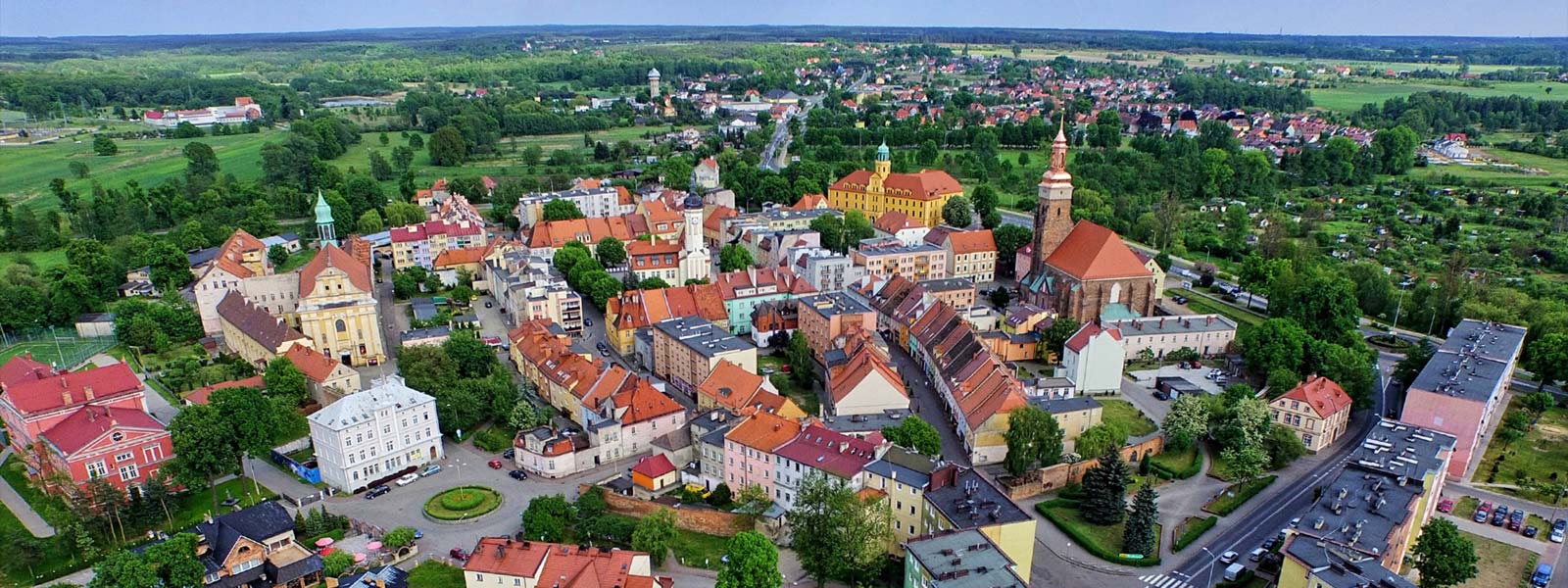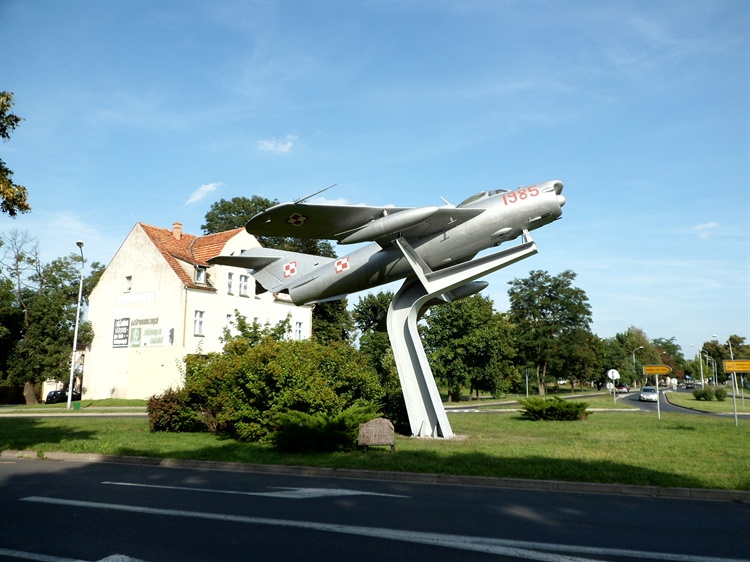Hi everybody!
I want show you my hometown and encourage to visit it!
Kędzierzyn-Koźle is located in Opolskie Voivodeship and was created in 1975.
City is created by 4 separate cities:Kędzierzyn,Koźle,Sławięcice and Kłodnica
In Kędzierzyn-Koźle is one of the biggest river port in Poland and one of the biggest chemical plants.The first historical mentions about Koźle come from 1104, however, the town rights were granted in 1281. At that time, these lands belonged to the Principality of Koźle and Bytom, which from 1289 was a fief of the Czech king.
Kościół Św. Zygmunta I Św. Jadwigi Śląskiej w Kędzierzynie-Koźlu
It’s a Parish church which was built in 1293 later Church was multiple times destroyed in wars and fully restored in 1900 to 1902.The church consists of a nave finished with a presbytery with an altar made by Erich Adolf from Wroclaw and two side chapels dedicated to the Sacred Heart of Jesus and the Blessed Virgin Mary, two towers and sacristy were added. It is about 45 m long and 25 m wide. buried in the burial crypt under the Virgin Mary's chapel:
-Baron Wilhelm II von Oppersdorff-Aich-Friedstein (1554-1598)-the nephew of the founder of the church of Baron Jan von Oppersdorff
-Ursula von Hake († 1596) - mother of Baron Wilhelm II von Oppersdorff-Aich-Friedstein
-Countess von Hardeck († 1607) - the owner of Kłodzko, sister-in-law of Baron Wilhelm II von Oppersdorff-Aich-Friedstein.
-Countess von Hardeck († 1607) - the owner of Kłodzko, sister-in-law of Baron Wilhelm II von Oppersdorff-Aich-Friedstein.
Bitwa o Twierdzę Koźle
http://kk24.pl/twierdza-znana-z-tego-ze-jest-nieznana-czy-miasto-powinno-zlecic-prace-nad-monografia/
http://www.polskaniezwykla.pl/web/place/29822,kedzierzyn-kozle-bitwa-o-twiedze-kozle.html
http://www.polskaniezwykla.pl/web/place/29822,kedzierzyn-kozle-bitwa-o-twiedze-kozle.html
The exceptional history of Koźle, the city-fortress reminds us every year about people, events and distant times. As in the past years, the troops from the eighteenth and nineteenth centuries are fighting for the Koźle land. Napoleon's army in 1807 took part in the siege of the Koźle Fortress. This is a real treat for fans of history, because the reconstruction groups in uniforms of two centuries ago come to Koźle, who with cannon shots and rocket weapons, identical to the one used two centuries, win the fortress. Such a staging makes a huge impression, you can feel like on a real battlefield from years ago. Event is organized every year in September usually it’s 2 days event.At the event you can find a lot of different stand where you can buy food,toys,souvenirs and everyone can participate in lottery or some games.
Muzeum Towarzystwa Ziemi Kozielskiej
His headquarter is a tower, which is a remnant of the castle complex in Koźle. Museum collections consist of the following exhibitions:
archaeological, showing exhibits from excavations conducted in the years 1990-1992, partly a deposit of a museum in Opole,
historical, showing the history of the city and the Koźle fortress in the eighteenth and nineteenth centuries,
ethnographic (in the basement of the tower), showing folk culture and everyday objects from the 19th and 20th centuries,
history of technology, showing old telecommunications for example:(wooden phone from 19th century and typewriter), radio technology and electronic devices,
art, which includes antique furniture, clocks and paintings; its most valuable exhibit is a copy of Wilhelm von Kobell's painting entitled Siege of Koźle from 1807 (the original is in Munich).
Tickets price is 2zł for everyone
Opening Hours:
Monday:9-17
Tuesday:9-18
Wednesday:9-17
Thursday:9-16
Friday:9-16
First Sunday of every month:10-18
Góra Świętej Anny
The highest of Chełm ridge on the Wyżyna Śląska,it’s lenght 408 m above sea level
Mount St. Anna is the highest elevation of the Landscape Park of the same name established in 1988. The area of the Landscape Park includes areas with a rich sculpture, numerous protected species of fungi and plants. The main threats to the Park's nature are atmospheric pollution and the built 408 m above sea level. Originally the mountain was called Chełmska Mountain or Chełm, mentioned in 1561 as Georgenberg, and in 1679 it is mentioned in Latin as "monte Heim". In German, "Sankt Annaberg", "Anaberg" The Polish name Chełm, up to "1350 feet high, St. John's called" in the book "Krótki rys jeografii Szląska dla nauki początkowej" published in Głogówek in 1847 was mentioned by the Silesian writer Józef Lompa.
Pomnik I amfiteatr na Górze Świętej Anny
The main place of celebrations dedicated to the memory of the fallen in the Silesian uprisings and one of the most famous objects of this type in Silesia.
Park "królów cynku"
Sławięcice was until 1945 the center of the princes Hohenlohe-Ohringen, a rich family of Silesian industrialists. The prince's income from mines and zinc steelworks belong to one of the largest in this industry in the world. The industrial empire management center was located in the late-Classicistic palace of Sławięcice, built in 1827. The residence stood in the middle of a extensive landscape park, whose green space was divided by Kłodnica waters. The entire palace and park complex suffered severely during the fighting in January 1945. The ruined palace a few years later consumed a fire. With the passing of time, the walls were also dismanted.
Baszta Montalemberta
Built in the years 1805-1829, the Montalembert Tower was one of the stages in the creation of the Koźle Fortress. It was one of its furthest points in accordance with the assumptions of the French Marquis, the creator of the polygonal fortification system - Marc Renego de Montalembert - who believed that the increase in artillery requires forwarding their own guns to prevent the opponent from firing the core of the fortress. That's where one of her names came from - the Montalembert Tower.Hope you enjoy that blog!














































